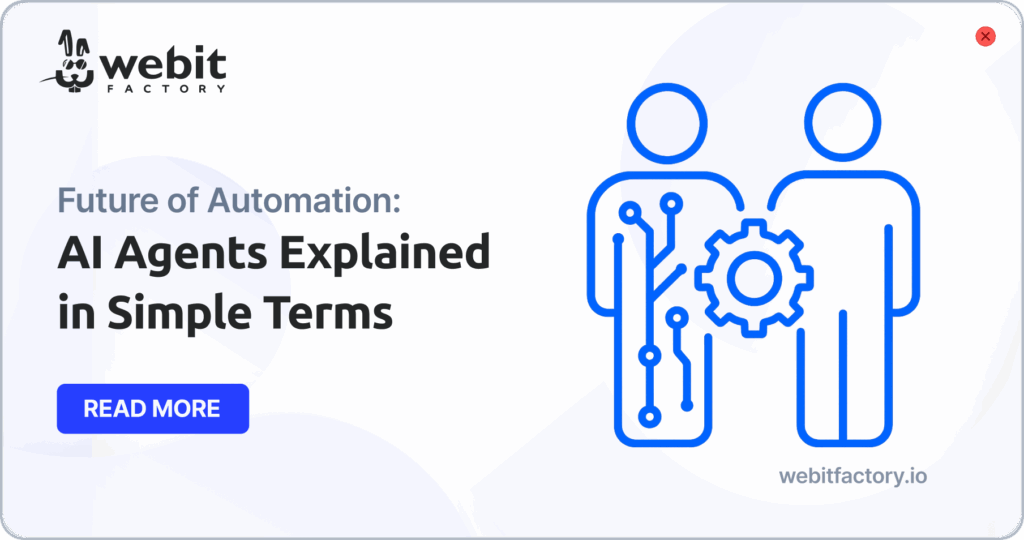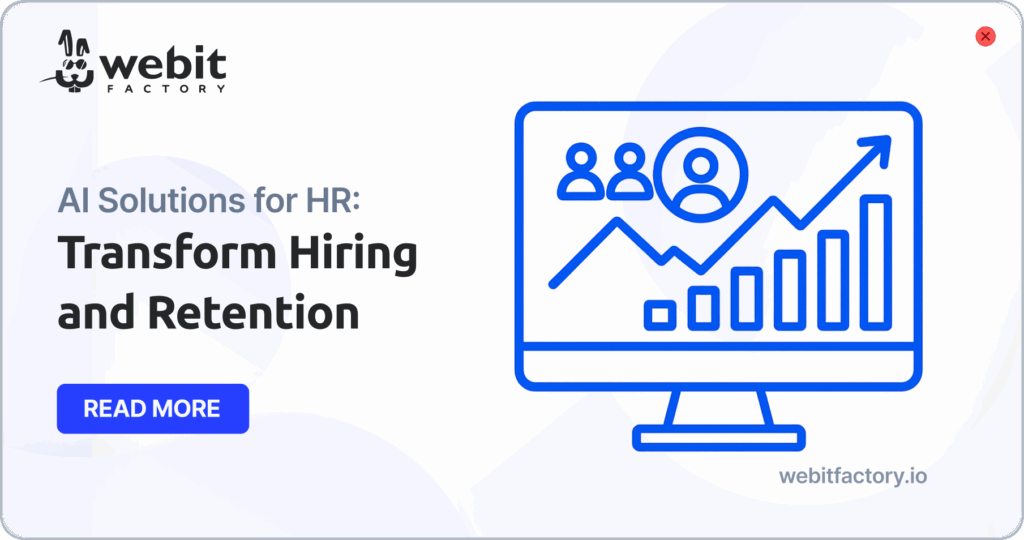Generative AI tools are reshaping how businesses operate by bringing automation, efficiency, and innovation. For small and mid-sized enterprises, integrating generative AI tools can unlock new levels of productivity and competitiveness. Today, as digital transformation accelerates, understanding where and how to use these tools is essential for future growth. Companies that act now can gain a competitive advantage by improving operations, enhancing customer experiences, and driving innovation.
Generative AI tools boost business efficiency
Generative AI tools help businesses streamline workflows by automating repetitive tasks and enhancing decision-making. From creating marketing content to assisting customer service teams, these tools are increasingly essential in driving efficiency. They support businesses in achieving more with less effort, allowing teams to focus on high-value activities that require human creativity and judgment.
Generative AI delivers value across departments: in customer support, chatbots and virtual agents reduce workload while improving response times; in marketing, automated content creation and campaign personalization can be achieved at scale; in software development, code generation and testing support faster releases; and in data analysis, AI can generate reports and insights with minimal manual input.
According to McKinsey, generative AI could create $2.6 – 4.4 trillion in annual economic value, with significant impact on customer operations, marketing, and software engineering.
Where to start with generative AI integration
Starting with generative AI integration requires a clear view of your existing technology landscape. Businesses should first identify areas where AI can address operational bottlenecks or deliver quick wins. This could mean looking at customer service, marketing, or analytics platforms where AI tools can automate tasks or provide enhanced insights. Making this assessment early helps set priorities and align AI projects with business goals. Common starting points include customer service platforms that are ready for AI-powered chatbots, marketing tools where AI can generate or personalize content, and internal analytics systems designed for streamlined report generation.

You’ll also need to choose between cloud or on-premise solutions. According to Gartner, cloud options offer flexibility and faster deployment, while on-premise provides greater control over data security.
How to integrate generative AI tools into software
Integrating generative AI into business systems is easier than ever thanks to a growing ecosystem of tools and platforms. Businesses can adopt API-based solutions to embed AI into existing software or use no-code tools that enable rapid deployment without heavy engineering work. Working with experienced AI partners is also a common approach, especially for custom solutions that require tailored models or workflows.
Popular approaches include:
API-first solutions
Many generative AI models offer robust APIs for embedding capabilities into apps.
No-code/low-code AI services
Tools that let non-technical teams build simple AI-powered features.
Partnering with experts
Collaborate with AI development firms to design tailored solutions.
According to AWS, firms use these methods to add chatbots, automate document processing, and enhance employee productivity.
Overcoming challenges when adding generative AI tools
While the benefits are clear, adding generative AI to your business also brings challenges that require thoughtful planning. Data privacy is a top concern, as AI models may process sensitive information. Change management is another critical area, as teams need to adapt to new workflows and tools. Budget control is essential to ensure AI initiatives deliver value without overspending. Addressing these challenges early can smooth the path to successful AI adoption.
Integrating generative AI brings challenges, but they can be managed:
- Data privacy: Ensure compliance with regulations like GDPR and CPRA. According to Securiti, transparency and consent are key to responsible deployment.
- Change management: Address resistance by involving stakeholders early and offering training, as Panorama Consulting recommends.
- Cost control: Focus on high-ROI use cases and start small, as Deloitte advises.

Generative AI tools offer a clear path to improving business operations. By choosing the right integration strategy and addressing challenges head-on, companies can unlock new efficiencies and innovations. Now is the time to explore these technologies and position your business for future success. A thoughtful, well-planned approach to AI adoption can help businesses deliver better services, reduce costs, and foster a culture of continuous improvement. Embracing generative AI today means preparing your organization for tomorrow’s opportunities.
Want to use Generative AI tools?
Related Articles

AI Agents Explained in Simple Terms
Discover what AI agents are, how they work, and why intelligent agents are reshaping automation across industries.

AI Solutions for HR That Transform Hiring and Retention
AI solutions for HR are transforming hiring and retention with faster recruitment, better cultural fit, and lower turnover rates.

Cross-Chain dApps Are Shaping Web3
Cross-chain dApps are shaping Web3 by streamlining UX, improving contract monitoring, and bridging fragmented blockchain ecosystems.
